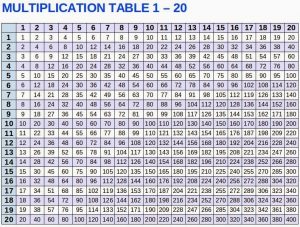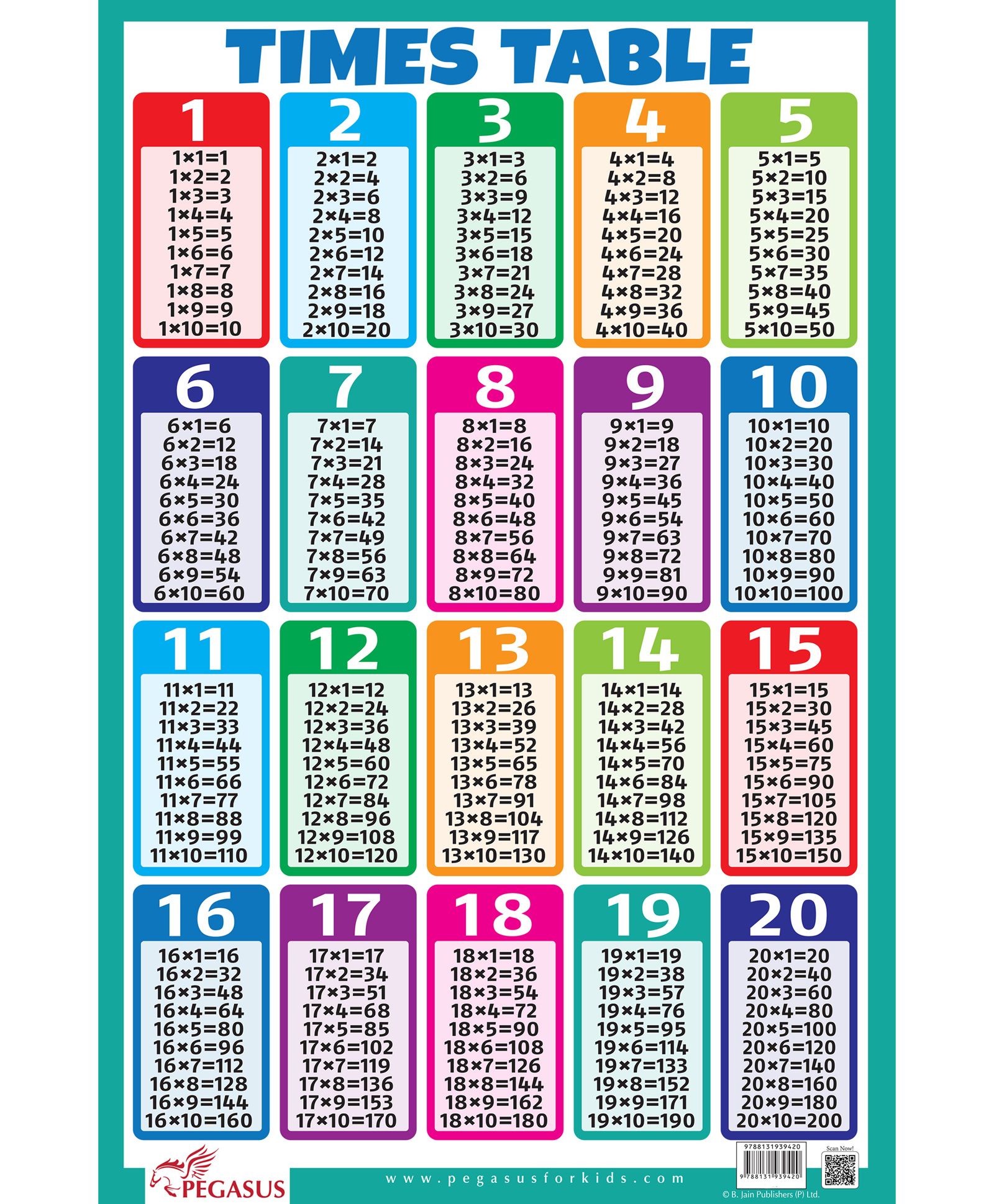
They not only develop the idea of even numbers and odd numbers by noticing the frequent arrival of even numbers in two’s table but also learn the technique of skipping numbers. Similarly, on observing patterns like 2x1=2, 5x1=5,9x1=9, etc, they confirm the idea of multiplicative identity where any number on getting multiplied by 1 remains the same. This enhances the observation skill of a child. On noticing these patterns repetitively they conclude that any number multiplied with other number results the same when the numbers are multiplied the other way round. While learning tables they come across a lot of patterns like 2x3=6 and also 3x2=6. Kids' brains are fresh and so it is more open to observations. Learning Tables Enhance the Pattern Learning Skills The process of memorising and recollecting is a challenging task for kids, thus the more they memorise the more their brain focuses on retaining different fragments of information and thus grows and becomes sharper. The cells in the brain start communicating by observing a pattern and the tiny connections in the brain actually start growing and multiplying.


Researchers have found that a child’s brain gets activated when it observes a pattern. Learning tables involves the exploration of the computational pattern of numbers, formed when they are multiplied.

Memorising is a standard form of intelligence that boosts the power of acquiring knowledge.


 0 kommentar(er)
0 kommentar(er)
